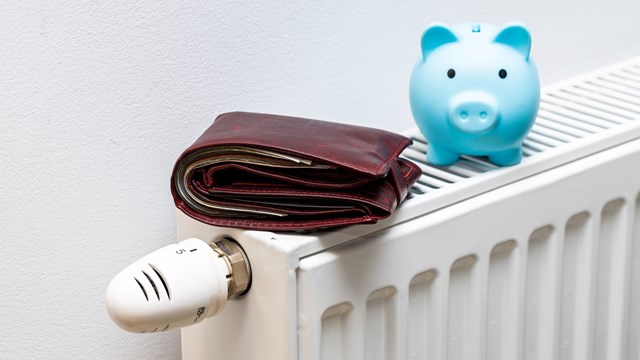
Companies that provide energy to the public—that is, to households and businesses—have a unique corporate social responsibility; and that responsibility isn’t just to deliver gas and electricity. It’s to teach customers and clients how to use energy more efficiently.
Of course, no one needs to be taught how to use energy; anyone can flip on a light switch or turn on the stove or shower. Rather, an energy provider’s job is to teach people how to use energy smartly and in an environmentally conscious way. Between environmental challenges such as climate changce, to wasteful usage that hits property owners in the wallet, to the profusion of electronic devices that often use energy needlessly; today we need to be more energy conscious than ever.
Smart, environmentally-conscious energy use begins with an assessment. This entails looking at how energy is being consumed by examining the lighting, cooling and heating systems, insulation, and use of water and electronic devices. Once the assessment is complete, your energy provider should then be able to recommend changes that are environmentally sound and will save you and your tenants money.
The Big Four
Four conservation practices that I am particularly passionate about are white roofs, heat management, LED light, and solar panels.
White Roofs: Most traditional roofs are dark, and dark surfaces absorb rather than reflect sunlight, thereby generating heat. On a 90 degree summer day, your roof can reach temperatures of up to 180°F, trapping heat inside of your building and bringing indoor temperatures up to 115°F, according to DoItYourself.com. Dark rooftops only reflect 20% of the sunlight back into the environment while trapping in smog. A simple solution: paint your roof white! White rooftops only heat to about 100°F, keeping the indoors a much more tolerable 80°F even without air conditioning. White roofs are good for the environment too, as they reduce smog and limit the urban heat island effect—hotter temperatures in cities than in surrounding areas due to buildings and pavement.
Heat Management: Heating and cooling systems can account for up to 30 percent of a property’s energy consumption. If using central air conditioning, be aware that for every degree the comfort setting is raised, you shave 3 to 4 percent off of your energy bill. Sealing air leaks and proper insulation can save an average of 15 percent on heating and A/C bills, according to Energy Star. Using a programmable thermostat can help you use less power for air conditioning and heat when you don’t need it. Window shades, blinds, and drapes can help too; as they act as added layers of insulation.
LED Lights: LED (light-emitting diode) bulbs have roughly one-tenth the energy consumption and operating cost of old-fashioned incandescent bulbs, according to designrecycleinc.com. LEDs also have an outstanding operational lifetime expectation of up to 22 years—as much as 40 times longer than regular bulbs! This alone will make up for the higher cost of LED bulbs (even before electricity savings). LED lights, unlike compact fluorescents, contain no toxic materials and are 100% recyclable. And, because they last six times longer than compact fluorescent lights (CFLs) but use less than half the energy, they’ll help you reduce your carbon footprint. One LED light bulb can save the material and production of 25 incandescent light bulbs. While somewhat more expensive, LED lights can be dimmed, resulting in a dynamic control of light, color, flexibility and distribution. Well-designed LED illumination systems can achieve fantastic lighting effects, not only for the eye but also for the mood.
Solar Panels: Solar energy can reduce energy costs, creating a more sustainable future for businesses and the environment. There are many different types of purchase plans including a direct purchase, a power purchase agreement, or an operating lease. A solar project does not need to be a large expense. In fact, when you choose a power purchase agreement or an operating lease, there won’t be any upfront costs. Today, solar projects also have a very strong ROI and benefit from federal and state incentives as well as tax benefits. In addition to large roofs, solar panels can also be installed on the ground or in parking lots. Most solar panel installation projects only take between 3 to 6 months to complete.
Take a Quiz
To help increase awareness of these and other consumption-conscious solutions, we created an Energy Personality Quiz to help property owners learn simple steps to reduce their energy consumption for the well being of the next generation. These practices, which also include water conservation, recycling and reduction of waste materials, are the gateway to a sustainable future. In addition, we recently launched a “30 Days Green” campaign to further our awareness efforts, highlighting simple lifestyle changes that can conserve resources and reduce consumption. All 30 of our green tips are available for download on our website.
Enabling educated consumers about these practices is not just good ethics; it’s good business.
Virginie Glaenzer is the executive vice president, marketing and customer experience for Great Eastern Energy (GEE), an alternative energy supplier of natural gas, electricity and energy solutions in NY, NJ and MA.






Leave a Comment